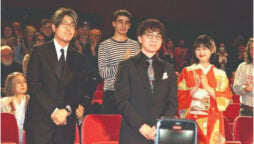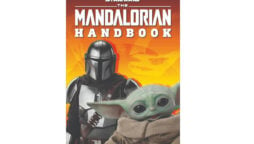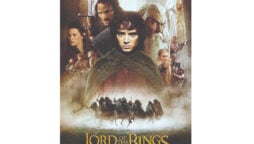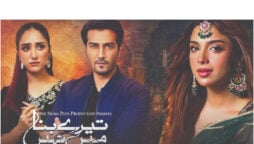
The fact that TV serials in Pakistan are repeatedly going through a qualitative decline should not take anyone by surprise
Despite their mushroom growth over the last two decades in particular, television channels are struggling to maintain the benchmark once set by PTV classics, which served as a source of inspiration to India. The neighbouring nation had it all – experienced directors, modern equipment, trained artistes, massive sets, and an audience hungry for entertainment. However, that they didn’t have were those scriptwriters, directors and producers who formed the golden age of Pakistan’s television in the decades of 1970s, 80s and 90s.
It now seems like a lost glory that we are trying hard to restore but keep falling short.
Let’s reflect on what we are badly missing on our TV screens today.
Portrayal of Societal Issues
From the matter of child smuggling raised in 1993’s TV serial ‘Nijaat’ to the issue of family planning highlighted in 1991’s ‘Aahat’, those TV serials kick-started a much-needed conversation on such issues in our society. Similarly, Ashir Azeem’s Dhuwan (1994) took a giant leap by dealing with the rise of drug trafficking in the country.
As per the content consumption habits of today’s viewers, they don’t just crave a medley of romance and action but have an appetite for societal issues and matters that are often swept under the carpet. We need TV shows which could address a range of burning issues such as racism, postpartum depression, gun violence, climate change and the like to create a positive impact on society.
Side-splitting Comedy
It looks strange how clips of the 1980s comedy show, “Fifty Fifty”, still go viral on social media and are loved by the millennial generation. Because of their ageless jokes and puns, the hilarious antics of the leading characters Allan and Nanna in “Alif Noon” are no less than an entertaining Netflix watch for the audience today, who craves to enjoy quality humour on their TV screens.
On the other hand, the TV series ‘Bulbulay,’ a kind of a bubble comedy because of its substandard humour, is the only comedy series able to garner considerable viewership today. As things currently stand, writing humour-based content appears to be a dying genre because of its inability to entertain, be meaningful and remain relevant to the everyday lives we live today.
Inspiring Content for Children
TV directors and writers today rarely focus on producing TV shows for children.
Kids of the 1990s can never forget the TV serial ‘Ainak Wala Jin’ and its uplifting messages amidst all the magic, fantasy, and mystical creatures. Today, our TV screens are devoid of stories that feature science fiction, adventure and fantasy. So much so, back in 2016, actor Shahzad Qaiser who played Nastoor Jin in ‘Ainak Wala Jin’ made a sequel titled ‘The Return of Nastoor’. However, no channel agreed to broadcast it. In a tragic Facebook post, Shahzad revealed, “All of the channels refused [including PTV] to air my series, saying they don’t have a children’s time slot. They have time to air programs like Hanuman and Chota Bheem but not a show like Ainak Wala Jin.”
Portrayal of Progressive Women
Written by Haseena Moin, the TV serials of the 1980s and 90s like Tanhaiyaan, Ankahi, and Dhoop Kinaray were all about women leading their lives on their own served as a source of inspiration for other women.
On the contrary, a whole host of TV serials today (e.g. ‘Ek Sitam Aur’, ‘Badnaseeb’, ‘Baddua’ or ‘Hasrat’) portray women in socially vulnerable and negative roles.
Perhaps, TV shows in this modern age are more concerned about TRPs and pay less heed to making quality content. A slap on a woman’s face, a toxic mother-in-law, a lustful love triangle, and a flagitious man chasing and cajoling a damsel in distress is now all that sells, and will continue to do so until we bring back the stories as featured in the PTV classics of yore.
Catch all the Breaking News Event and Latest News Updates on The BOL News
Download The BOL News App to get the Daily News Update & Live News.












 Read the complete story text.
Read the complete story text. Listen to audio of the story.
Listen to audio of the story.